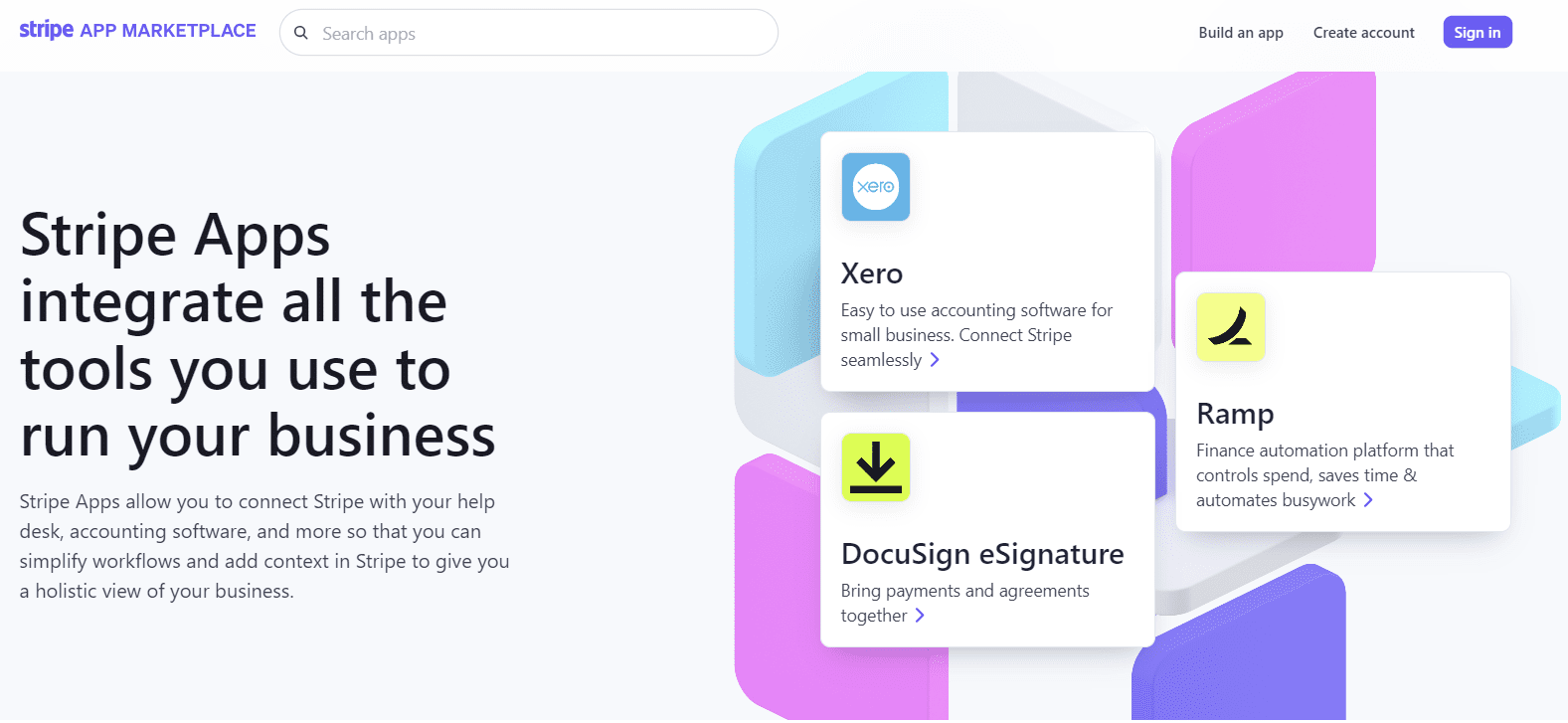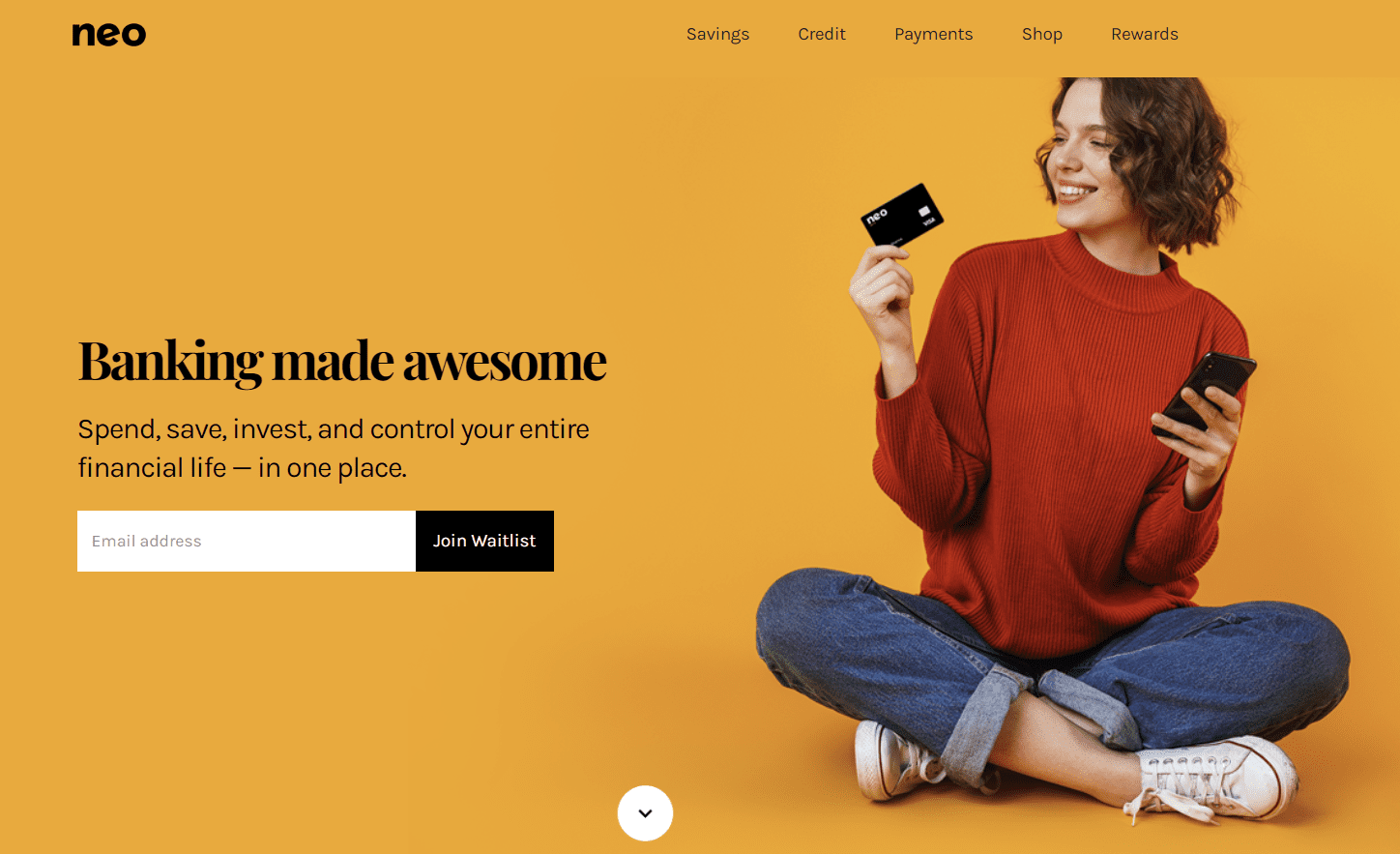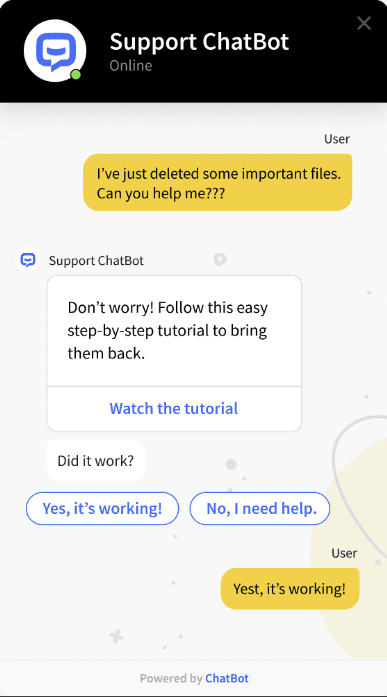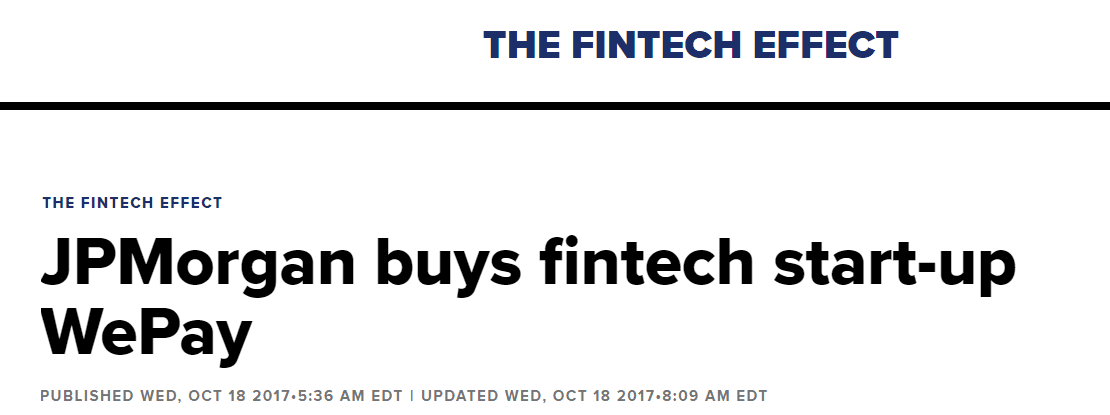What is product-market fit?
A simple definition is in order before we jump to the juicy stuff. Product-market fit means that your company has introduced a good product to a good, sizeable market and that product meets their needs.
Pretty simple, right? Kind of.
Product-market fit isn’t a one-and-done exercise. It changes with the technology that drives it. Remember when CDs were essential to portable music? Unfortunately, so do I. That product no longer fit the market when streaming and bluetooth hit the scene.
Consistently recognizing and meeting the needs of your target audience is the real key to success.
So here’s the problem:
How do you know you’re developing relevant products if consumer needs are always evolving?
By following these marketing principles on repeat. The beauty of principles is that you can use them as guardrails, check-in questions, and a rubric. Addressing each principle ensures you’ve thought about every part of your product.
- How it functions
- How customers interact with it
- How you can get the easy sale
Revisiting these principles also keeps your product offering fresh and relevant.
Without further ado…
The 7 Marketing Principles to Live By
And since all marketers can’t resist a catchy, memorable phrase, all the principles start with P.
- Product
- Price
- Place
- Promotion
- Positioning
- Process
- Packaging
Product
While obvious, the first principle isn’t just about having a product to sell or market. The product needs to meet the needs, pain points, and desires of your customers.
In marketing, we focus on the benefits (how the product will help customers) rather than the features, or what it does.
This is an essential first step to determining product-market fit.
IRL Application
Knowing you have a product that customers actually want will make it easier to sell. Easy to understand, but tricky to accomplish. Conducting market research while you’re developing a product will help you work out its features and benefits.
Some common methods are:
- Customer surveys. Ask what they like or don’t like and why or why not. Survey Monkey or Google Forms are great survey platforms
- Customer interviews. Yes, this means talking to real people on the phone or in person.
- Persona research. Pull demographic data from large sources. The Pew Center uses these.
- Analyze you competitors. Keep your friends close and your competitors closer, as they say. Check out their product pages to see what pain points they’re solving or which ones they’ve overlooked.

Price
Figuring out how much to charge for your product isn’t as simple as your cost plus a markup.
You’ll need to consider the perceived value of your product, your competitors’ pricing, how much it costs for you to make it.
IRL Application
The cheapest price doesn’t always win. Many customers will pay a premium price for a premium product and premium service. While you’re developing, of course you need to keep your production and promotion costs in mind. Also think about how you’ll market the superior value of what you sell.
Don’t focus on coding, compute power, or other features. Instead, mention the time they’ll save, improved accuracy of their basic job functions, or peace of mind knowing their data is secure.
When customers see how the product will make their lives better, they’ll be willing to pay more than competitors.
Consider piggybacking off a potential survey or interview question by how much a customer would pay for your product.
Place
This is pretty straightforward. Where will you place your product so customers can buy it?
IRL Application
You can place products on a website, a physical store, Amazon, or an app marketplace. Make sure it’s a place your ideal customers will naturally shop for it. It needs to be convenient and the buying process should be smooth to invite repeat purchase, referrals, or good reviews.
Again, consider asking for customer feedback after every purchase to make sure it was a good experience.


Promotion
This P is what people generally think marketing is about. Promotion includes all the communication your company publishes about your brand and products.
And the list of promotional paths you can take seem to be growing.
- Email marketing. Build a list of interested followers that you can nurture into new and continuing customers.
- Social media marketing. A visual medium that’s growing in its potential to increase sales. Great for companies with a strong brand and who want to build a community.
- Advertising. Any and all paid ads for the radio, TV, and online PPC ads.
- Search marketing. Think SEO and ranking on search results pages for specific keywords. Content marketing falls under this umbrella.
- Public relations. Examples include press releases for partnership announcements and company updates, like series A funding.
- Sales campaigns. Discounts and seasonal sales on your product can be a great way to garner initial support. Also includes easy-entry offers like free trials.
A good marketing strategy confirms your initial success is replicable.
IRL Application
After doing thorough market research to understand your target customers, promoting your product or service becomes easier.
You’ll know who you’re marketing to, what will attract them, and the best mediums to use to reach them. While omnipresence is important, I plead and beg you to build an ecosystem you can maintain.
A few quick pro tips to noodle on:
- Pick one thing at a time.
- Eliminate the options that don’t gain any traction for you.
- Only spend money on ads when you’re more confident in your messaging.
- Think about the visual messages you send, too.
- Measure as much customer behavior as you can.
- Don’t be afraid to experiment! Marketing is more art than science.

Positioning
Positioning refers to the place a brand holds within the minds of their target audience. A little existential, but it makes sense as you look around for examples.
More than brand awareness, positioning your brand creates an authentic connection with your audience. You could look for connection through shared mission values, like security, inclusivity or innovation. You could also focus on features of your product, like efficiency, reliability, or ease of use.
You’ll know that you’ve nailed product-market fit when your company or product resonates with your audience.
IRL Application
Establishing a genuine connection with your audience can take time. You first need to know who you are as a company and the values of your target audience. When you figure that out, positioning helps make your company stand out from others.
Need more positioning examples? I like to look at taglines.
Or think about the brands you love or know about. Beyond knowing their name and list of products, think about how you feel when you think about the brand.
For example, when I think of Apple I think of sleek products, intuitive UI, carrying the world in my hand. I feel connected, productive, and kind of cool.

Process
Your process is all the behind-the-scenes work involved to bring a product to market. In broad terms, it’s the entire customer experience from discovery to purchase to after-purchase activity.
IRL Application
In fintech, process is important as it shows how people interact with banks, transactions, financing, or trading. All these examples are notorious for their complexity and bad customer experiences.
This is the reason that many banks acquire fintechs. Fintechs produce products and apps that improve customer interactions.
Another way to improve customer service is through chatbots. When used well, AI and chatbots can speed up and simplify customer service issues.

Pay attention to font, color, spacing, photos, and other visual messages you send to your customers.
IRL Application
Packaging can also include product delivery. If you have a SaaS product, make sure the onboarding process is simple. If not, create how-to guides, an FAQ section, or helpful modals to guide users through integration.

A Bonus P: Partners
This is an additional marketing principle that I created just for financial service SaaS companies, like Zelle, MX Technologies, and Blend. These are B2B companies that develop products with a distribution partner in mind.
Whether that partner is a major credit card or a bank, collaborating with them can significantly impact your market reach and growth.
Amazing partnerships usually result in:
- More resources
- More exposure
- More customer exposure
- More competitive edge
- Lowering costs through increased efficiency
IRL Application
As with Product, understanding the ecosystem your partners work within will tell you where the tech gaps are. If you’re marketing to financial institutions, you need to understand the security and regulatory requirements they need to meet.
Looking for partners that have similar
I heard some great advice from the former CEO of Finicity.
“Be a solutioner and a brand advocate.”

Putting it all together
Product-market fit is the most important milestone to growing your startup. When you’re neck deep in product development, it can be easy to forget or overlook the market side of the equation.
Instead of dividing your time and mental energy, partner with Copy Write Marketing to help you understand and meet the market’s needs. We’ll help you test, pull together research, and create a marketing strategy that fits your brand and resources.
Schedule a free call to learn more about what we can do for you.


